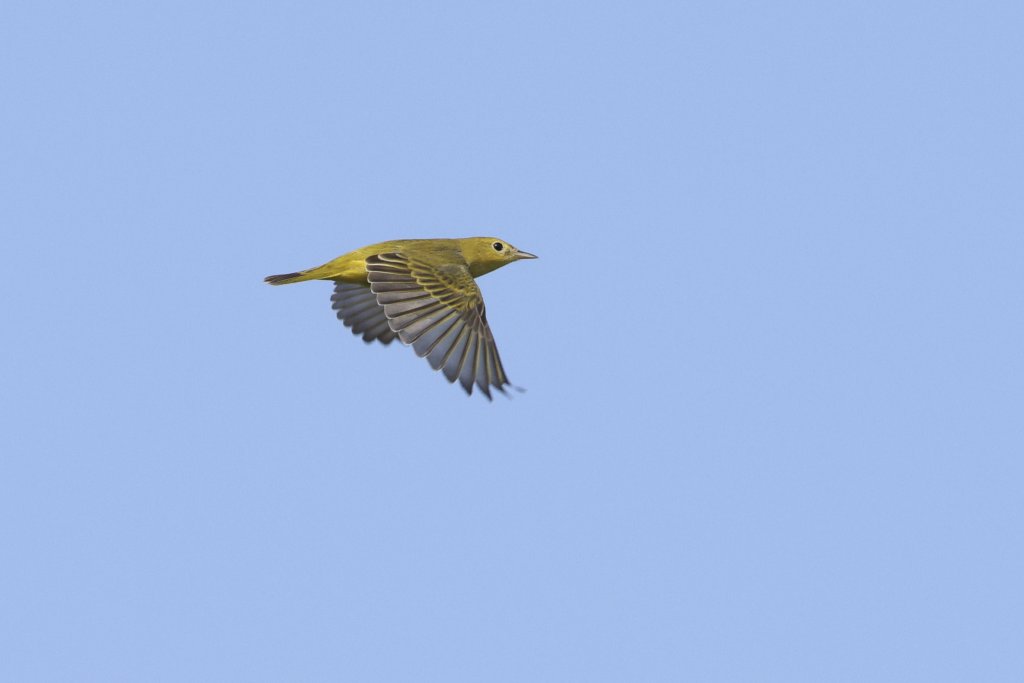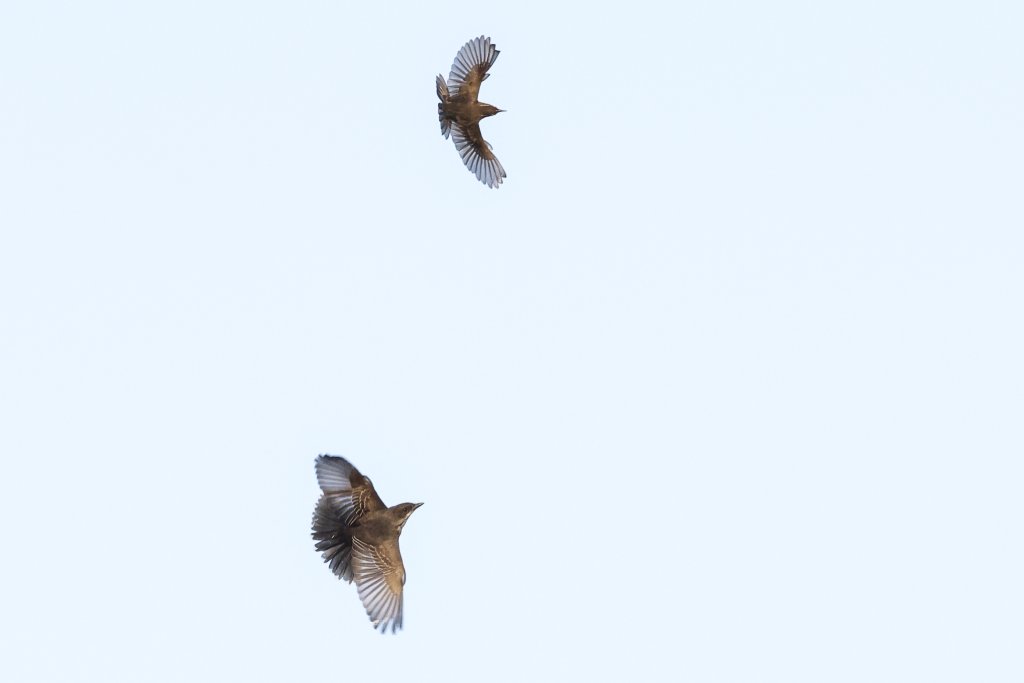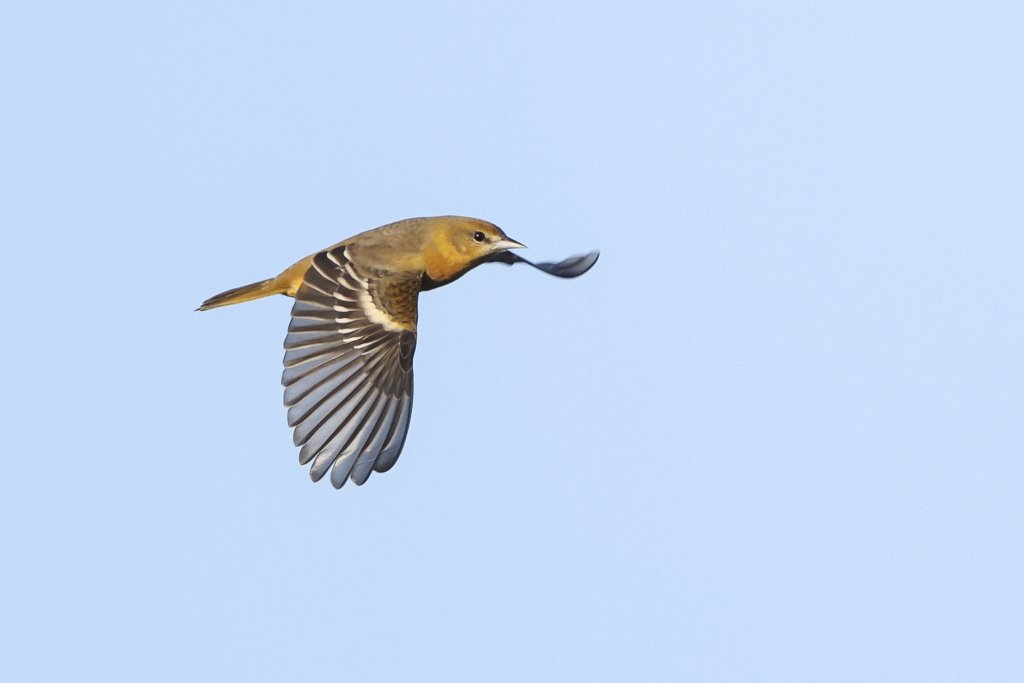Cape May, Naturally is a bi-weekly column written for Do the Shore and the Cape May County Herald.
Each autumn, millions of birds of about 300 species traverse the area’s skies, virtually all of them heading south toward their respective winter homes. The parade actually begins near the Summer Solstice and picks up momentum as each day gets a little shorter. This creates a curious juxtaposition, as the peak “fall” migration periods for more than a few species overlap with the peak for what most of us humans in Cape May County call “summer.” Many of these early movers are also songbirds, some no larger than a candy bar, their final destinations often thousands of miles to our south. Many are traveling from the boreal forests of Eastern Canada to the rainforests of Central or South America. That alone is enough to generate amazement, but there’s more.

It turns out that many of these winged marvels conduct their migratory flights primarily at night, feeding and resting during the day. The benefits of night migration? Fewer predators, calmer and cooler atmospheric conditions, the ability to use celestial cues to help guide the way, and likely others that we are just beginning to unravel.
When the conditions are just right – like during the middle of August when it felt more like late September – birds use hints such as dropping air temperature and rising barometric pressure to initiate a night of migration. Just after dusk they rise, with stronger-flying species climbing to altitudes of 2,000, 3,000, sometimes even 5,000 feet or more during the most optimal flying conditions.
As daylight approaches, many descend and find their way to the ground. Others may find themselves out over the open ocean and will need to double back toward land. As the sun rises over Cape May, a portion of the previous night’s movement is now visible to observers on the ground.

In a general sense we call this “morning flight,” yet it is a complicated term that likely describes a number of local / regional migration strategies on a given day. In the most classic sense, morning flight is thought to describe the repositioning, or reorientation, of birds that are seeking out more appropriate habitat, more plentiful feeding opportunities, or are perhaps just plain course-correcting after drifting a little off their planned paths in the hours before.
This movement is typically most obvious along the immediate Delaware Bay shoreline and usually within 30 to 90 minutes after daybreak. Particularly on mornings with winds from the west or north, a veritable river of anywhere from hundreds to hundreds of thousands of birds sprint their way up the shore. The study of this phenomenon has many of its roots in Cape May, and the Cape May Bird Observatory continues to monitor these flights at multiple long-term migration counts. This work has informed and inspired others to study morning flight in their own areas, with similar projects now springing up across North America.
You can see results from our work by visiting the bird observatory’s website (birdcapemay.org). For those who want to take a deeper dive, a visit to Birdcast (birdcast.info) is a must. This collaborative effort among researchers utilizes biological data from weather radar to both predict and quantify the magnitude of nocturnal migration occurring throughout the continent! And finally, you can help night-migrating birds by reducing the use of non-essential lights and by investing in bird-safe glass or window-collision deterrents. Window and building collisions are a leading cause of mortality during migration– more on that another time!









